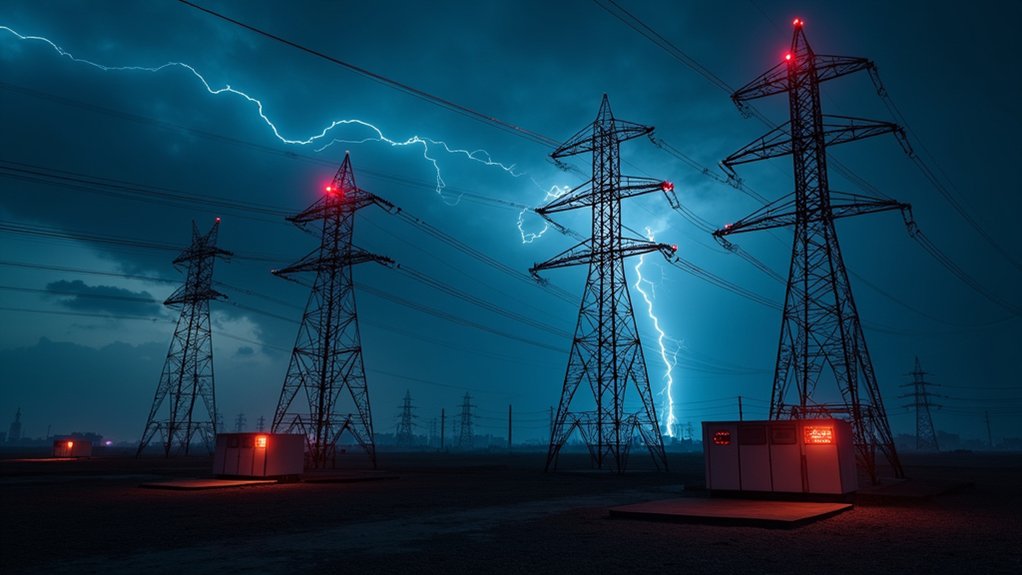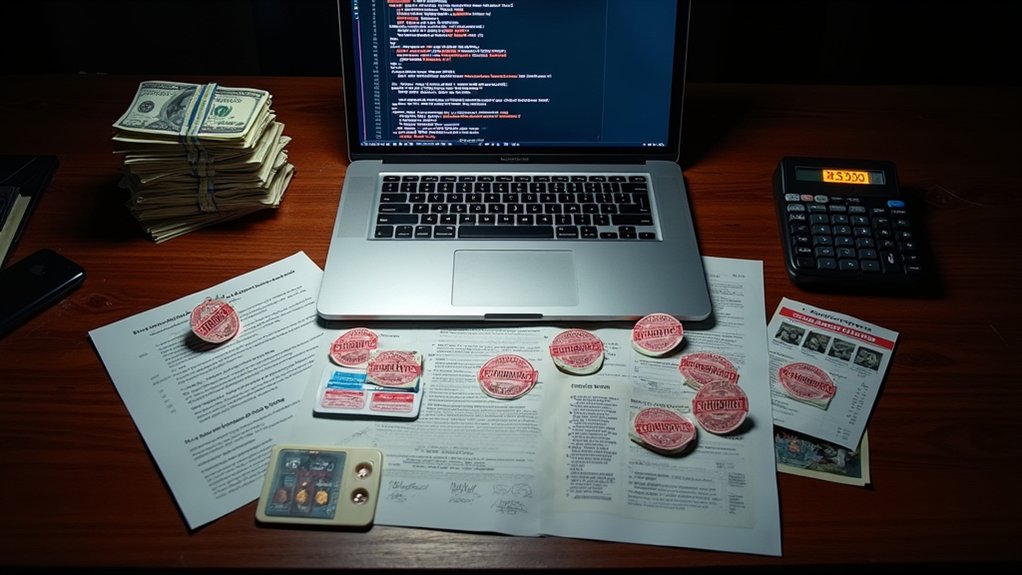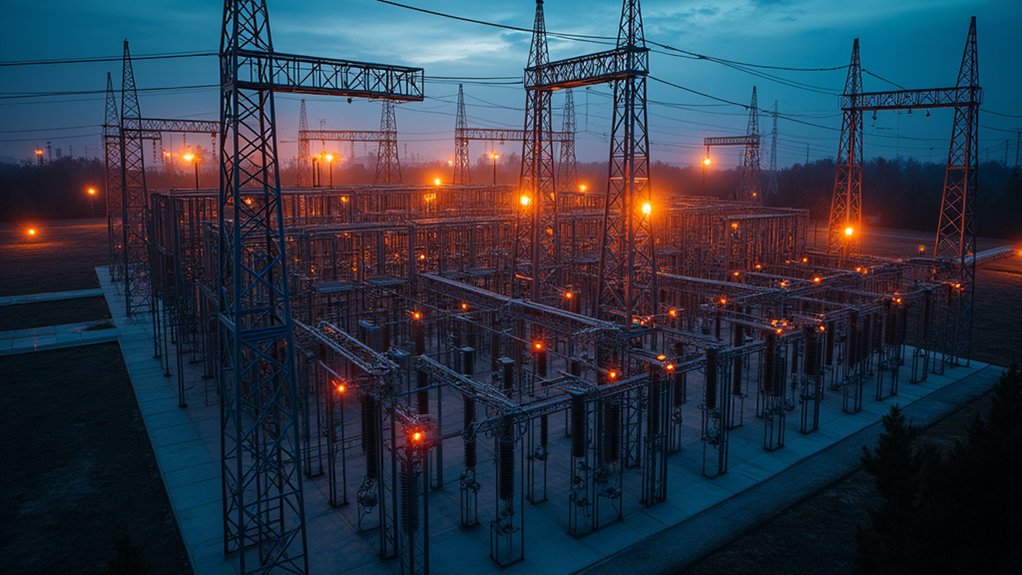A sprawling network of vulnerabilities permeates the global power grid infrastructure, where nearly 100,000 industrial control systems remain directly accessible through internet connections as of June 2023. Recent ZoomEye scan data from June 2025 reveals more than 143,941 devices exposed directly to the internet, whereas application-layer scanning across 17 major ICS protocols identified 150,000 industrial control systems worldwide. In spite of a downward trend since 2019, exposure persists at alarming levels throughout critical sectors, particularly electric grids and powerhouses.
The security environment presents a dire picture, with over 210 public CVEs affecting leading power grid ICS platforms. Among these vulnerabilities, 37 have publicly available proof-of-concept exploits, whereas 60% of CVEs carry high or critical severity ratings. Many devices operate on outdated software, remaining unpatched for years because of operational constraints, closed environments, and prohibitive downtime costs that create “unpatchable” conditions. Zero-day exploits continue to pose significant threats as attackers target previously unknown vulnerabilities in critical systems.
Over 210 critical vulnerabilities plague power grid systems, with many devices remaining unpatched for years due to operational constraints.
Originally designed for isolated operational technology networks, ICS systems now face internet connectivity demands driven by centralized remote operations requirements. Third-party monitoring needs, cloud integration capabilities, and multi-vendor environment management contribute to direct internet exposure. Devices frequently receive public IP addresses, domain names, or SSL certificates without adequate security controls, compounding vulnerability risks through standardized cybersecurity governance gaps.
These exposures create prime targets for nation-state actors and criminal organizations seeking to exploit critical infrastructure. US CISA and ENISA have issued warnings regarding risks to vital services, whereas synchronized power outages in 2025 demonstrate real-world consequences of cyberattack-induced blackouts. The energy sector faces specific targeting through new MITRE ATT&CK ICS techniques, highlighting evolving threat environments. ICS systems manage critical processes including water flow and electricity transmission, making their compromise potentially catastrophic for public safety. The Stuxnet worm in July 2010 served as a watershed moment that demonstrated how sophisticated malware could physically damage industrial infrastructure by targeting programmable logic controllers.
Attack methodologies increasingly employ application-layer scanning to identify vulnerable devices across all network ports. Adversaries target known vulnerabilities, exploit protocol weaknesses, bypass segmentation controls, and deploy SCADA-customized malware following social engineering campaigns against ICS operators.
Government agencies recommend mandatory penetration testing for utilities, Zero Trust model adoption, and regular Red Team exercises. Network segmentation between IT and OT layers provides containment capabilities, while digital twins facilitate attack simulation and impact forecasting. Continuous supply chain audits of third-party hardware and software remain crucial for thorough protection strategies.









